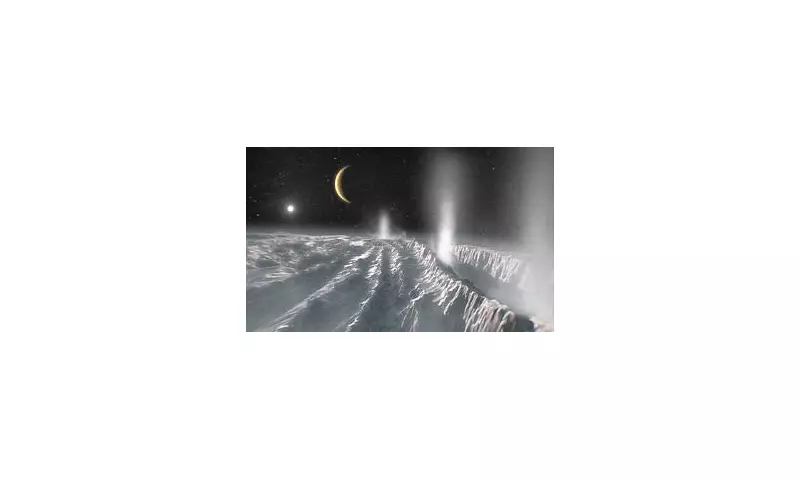
In a stunning revelation that could rewrite our understanding of life in the cosmos, scientists have uncovered compelling evidence that Saturn's icy moon Enceladus may be harbouring alien organisms. New analysis of data from NASA's Cassini spacecraft has detected hydrogen cyanide within the moon's subsurface ocean - a critical chemical component that could potentially fuel extraterrestrial lifeforms.
The Chemical Blueprint for Life
Researchers at NASA's Jet Propulsion Laboratory have made a groundbreaking discovery while re-examining Cassini's final measurements. The presence of hydrogen cyanide, often considered a deadly poison on Earth, actually serves as a fundamental building block for amino acids and nucleic acids - the very foundations of life as we know it.
"This finding provides compelling evidence that Enceladus's ocean contains the necessary chemical ingredients to support microbial life," stated Dr. Jonah Peter, lead author of the study published in Nature Astronomy. "The moon isn't just a frozen wasteland - it's a chemical powerhouse."
Enceladus: An Unexpected Oasis
What makes this discovery particularly exciting is the moon's unique characteristics:
- A massive subsurface ocean hidden beneath an icy crust
- Hydrothermal vents on the seafloor that provide energy and nutrients
- Regular geyser-like plumes that eject ocean material into space
- A complex chemical environment rich in organic compounds
These conditions mirror those found around deep-sea hydrothermal vents on Earth, where diverse ecosystems thrive without sunlight.
Beyond Previous Expectations
Earlier studies had already confirmed the presence of water, carbon dioxide, methane, and ammonia in Enceladus's plumes. However, the detection of hydrogen cyanide represents a significant leap forward in understanding the moon's potential habitability.
"This discovery suggests the ocean may be much more chemically reactive than we previously imagined," explained Dr. Kevin Hand, co-author of the study. "The chemical pathways available could support both energy production and the building blocks necessary for life."
The Search for Life Continues
While this research doesn't confirm the existence of alien life, it dramatically strengthens the case for Enceladus as one of the most promising locations in our solar system to find it. NASA is now considering future missions specifically designed to search for biological signatures in the moon's icy plumes.
The Cassini mission, which ended in 2017 when the spacecraft plunged into Saturn's atmosphere, continues to yield scientific treasures years after its conclusion. Each new analysis brings us closer to answering one of humanity's oldest questions: Are we alone in the universe?





